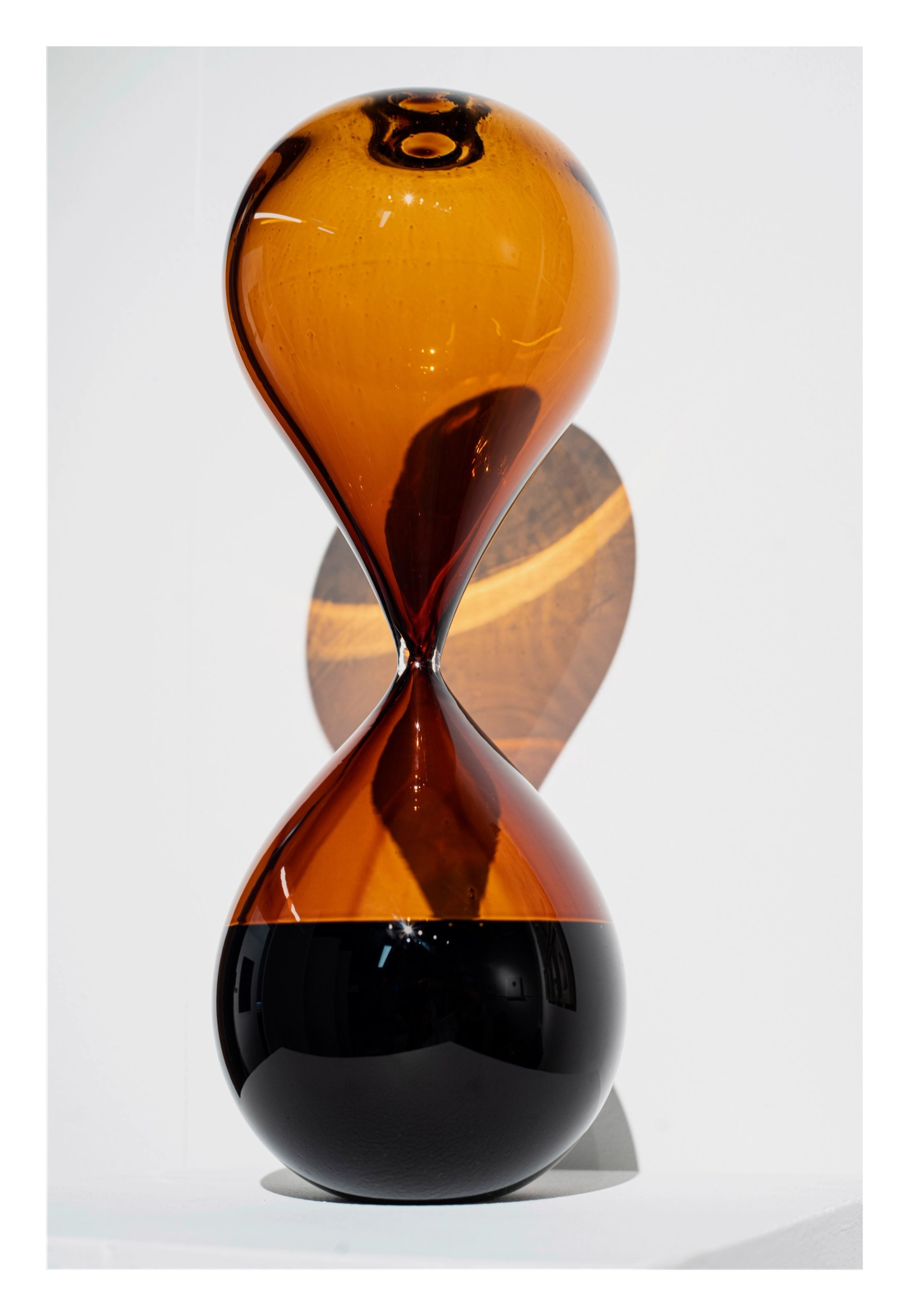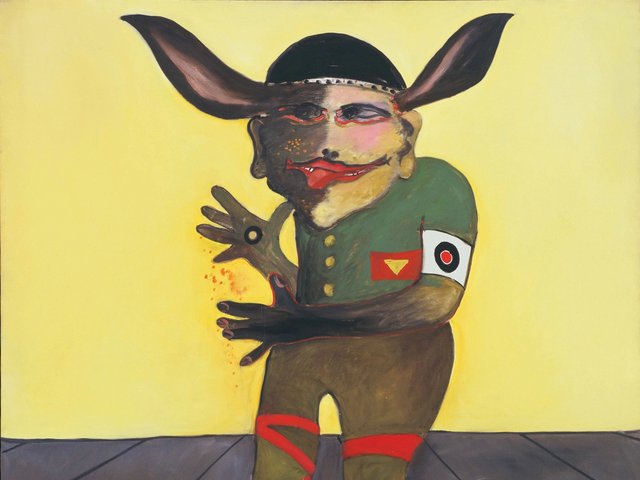A well-known line from the first volume of Michel Foucault’s L’Histoire de la sexualité reads: “Where there is power, there is resistance.” At the Oolite Arts Center in Miami Beach, this quotation has been truncated as the title for a timely summer group exhibition that looks at how state power has been shaken during the past two centuries, how it is currently being challenged, and what the future holds for the existing structures that are being pushed against by both internal and external forces.
Co-organised by René Morales, the chief curator at the Pérez Art Museum Miami (PAMM) and Amanda Bradley, the programmes manager at Oolite Arts, the initial concept for the show emerged during the social and political turbulence of last summer. “It felt like the world was really on fire,” Morales says. “By the time we started getting down to business in early 2021, we had gotten past a certain wave of chaos from the past year, given the shift in presidency. A very small part of me felt it was going to feel off-key with the cultural tone and the public sentiment of wanting to get past this turmoil, but I remember thinking, no—the disruptions that have happened in the past two, three, four years with regards to power are crucial in giving hope to a different understanding of the systems in place. Power, in its varying contexts and forms, has been shaken up badly just in this century alone and we don’t know where that will settle.”

Taking the shape of a custom-made designer sneaker, Judi Werthein's Brinco (Jump) (2005) is is meant to aide those seeking to cross the border between Mexico and the US, with hidden pockets for money and medicine, a miniature compass and flashlight, and a map printed on the insole Courtesy of the artist and Insite_05, San Diego, California
Indeed, over the past two weeks alone, striking challenges to power have been emerging in nearby Latin America and the Caribbean, from the assassination of Haiti’s president to emboldened protests against the Cuban government and deteriorating living conditions in the island.

Tony Vazquez-Figueroa's Ourglass (2019), a handblown hourglass that is filled with crude oil instead of sand, plays on the impact of the fossil fuel industry Courtesy of the artist and LnS Gallery, Miami, Florida
And while the works in the exhibition, by 13 Miami artists, range in medium and themes, from the vulnerability of digital surveillance to the treacherous nature of border-crossing, a common thread of lived experience binds the selection. “We’re pulling together works that have been in existence for a while and artists who address the concept of power through personal attachment—dealing with power that has affected their lives rather than being a concept that is so far away from them,” Bradley says. “All the artists in the show are deeply connected to it because it touches them directly.”
For example, Tony Vazquez-Figueroa's Ourglass (2019), a handblown hourglass that is filled with crude oil instead of sand, plays on the impact of the fossil fuel industry, from which many countries, including his native Venezuela, have reaped financial benefits. Over time, however, an over reliance on oil also caused the devastation of that country's natural resources and its eventual economic collapse. The sculpture is accompanied by an audio recording of the oil dripping, reflecting the work's message about the precarity of power like a persistent telltale heartbeat: time is running out.
• Where there is power, 21 July-19 September, Oolite Arts, 924 Lincoln Road, 2nd Floor, Miami Beach



